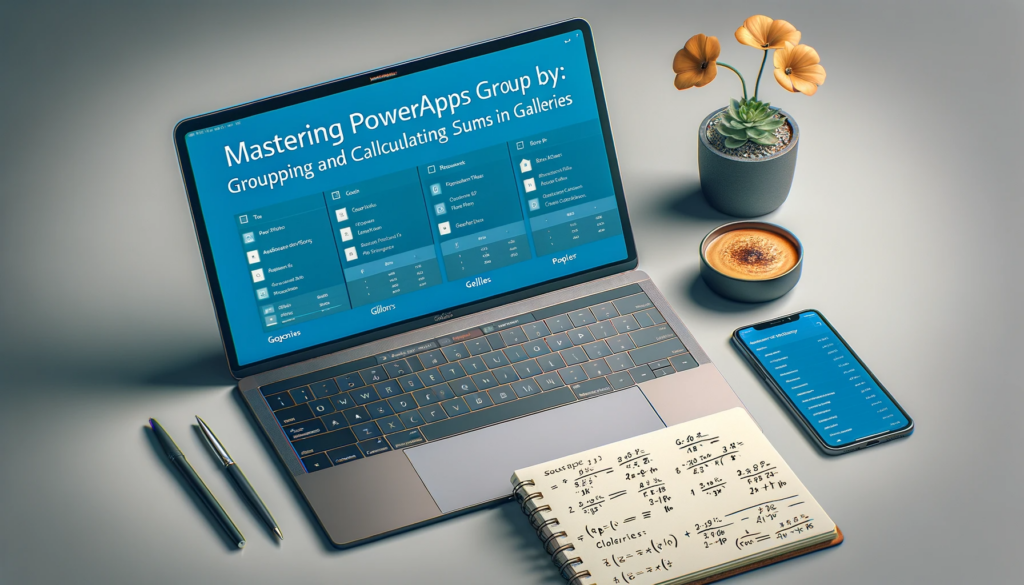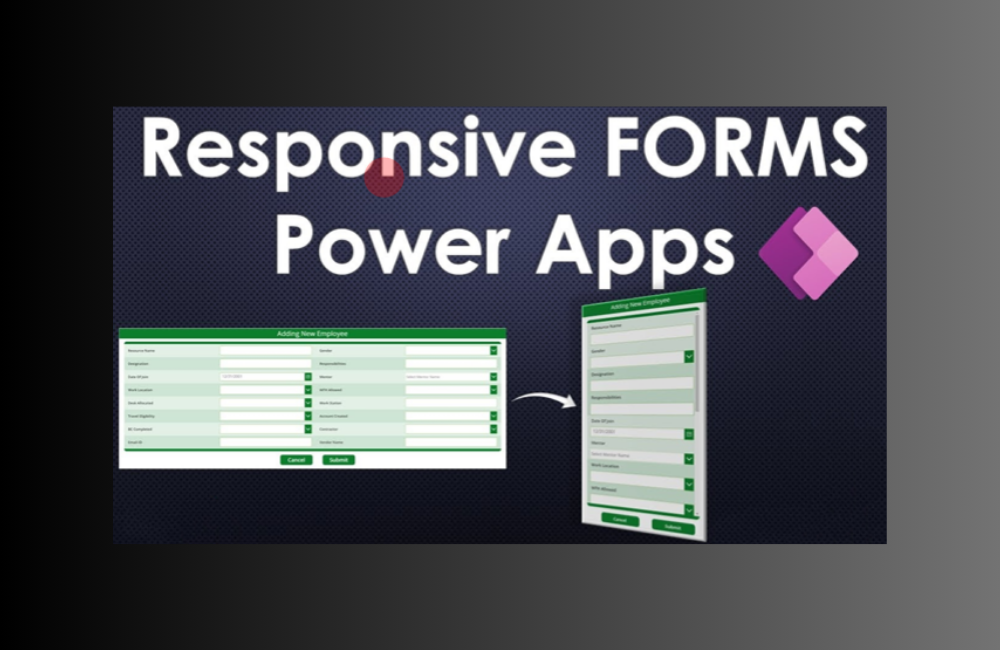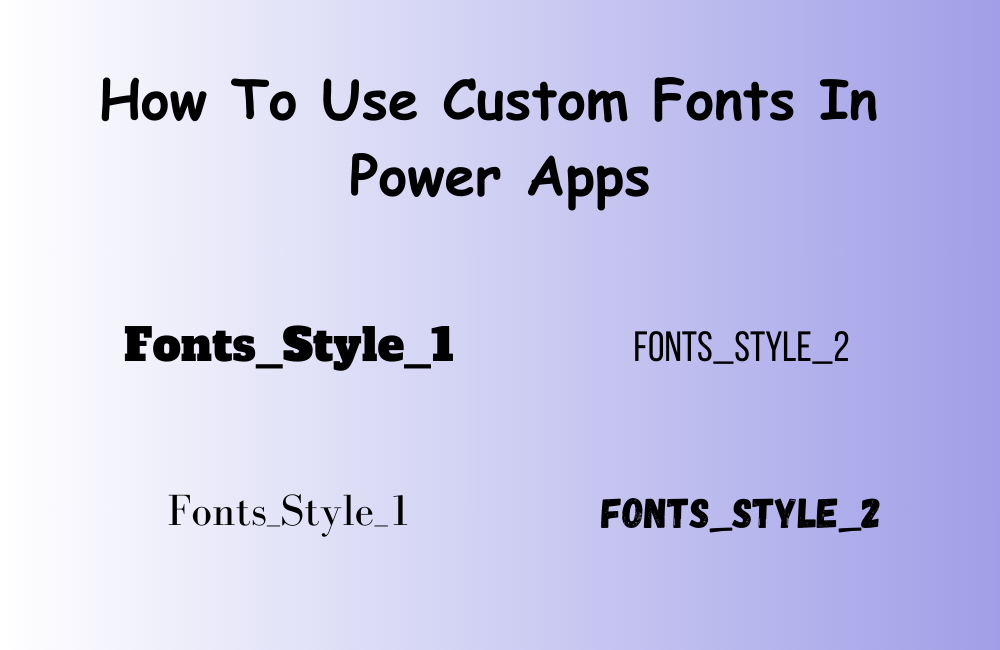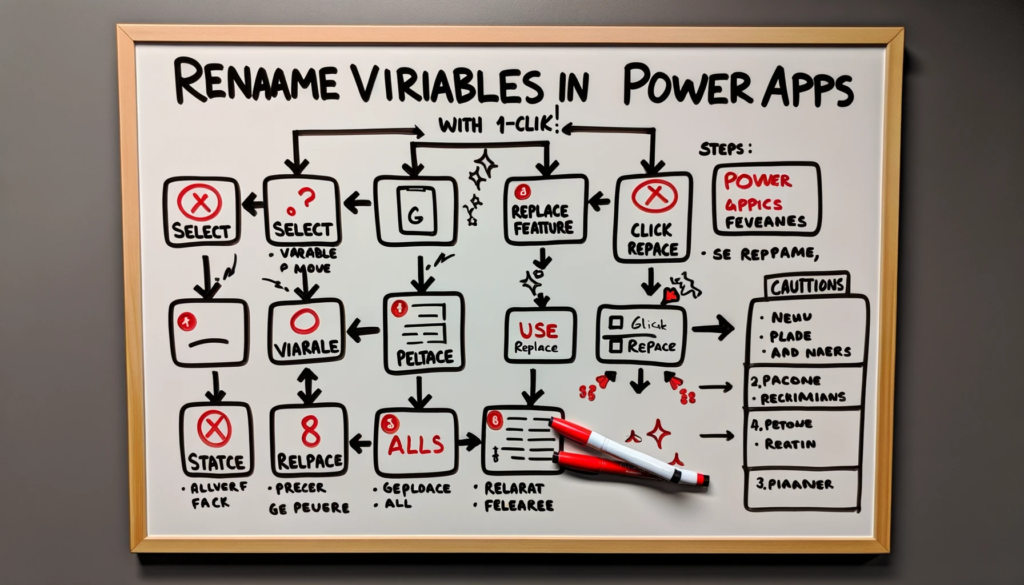Mastering PowerApps Group By: Grouping Data and Calculating Sums in Galleries
Understanding how to effectively group and aggregate data in PowerApps is fundamental for creating robust applications. This step-by-step guide elucidates the process of grouping data within galleries and calculating the respective sums, empowering users with meaningful insights.
Why Group Data in Galleries?
Displaying records in galleries with cumulative figures not only enhances data presentation but also fosters informed decision-making. Though the practice offers immense value, the underlying formulae can sometimes pose challenges. This comprehensive tutorial simplifies the concept for both beginners and seasoned developers alike.
Structuring Your Example Data
To elucidate, let’s examine a classic parent-child data schema comprising two tables:
- The ‘Clients’ table, capturing client specifics and regional data.
- The ‘PurchaseRecords’ table, noting orders associated with each client.
In the subsequent sections, we will guide you on presenting this data in a PowerApps gallery and computing the total order values per client.
Visualizing Primary Records in a Gallery
Initiate by incorporating a gallery control to exhibit client details. After placing the gallery control, allocate its Items attribute to the ‘Clients’ table, as depicted below:
[Image Placeholder for Screenshot]
To project the affiliated order details for every client, integrate a nested gallery (termed ‘galPurchases’ in this instance) within the primary client gallery. Adjust the Items attribute of ‘galPurchases’ using the formula below, ensuring only orders linked to the current client are fetched:
Filter(PurchaseRecords, ThisItem.ClientID=ClientID)
Within ‘galPurchases’, incorporate a label to showcase the OrderValue attribute. To beautify the display with currency notation and two decimal precision, utilize:
Text(ThisItem.OrderValue, "£0.00")
Computing and Displaying Gallery Value Subtotals
To exhibit the aggregate of order values for each client, introduce a label within the primary ‘galClients’ gallery. Implement the succeeding syntax to execute the summation:
Sum(galPurchases.AllItems, OrderValue)
Enhance the computed sum’s display by rendering it in currency format:
Text( Sum(galPurchases.AllItems, OrderValue), "£0.00" )
[Image Placeholder Illustrating the Final Outcome]
In Summary
PowerApps provides a versatile platform for building dynamic apps, and grouping records while showcasing subtotals is a recurring need. Today’s guide offered an in-depth exploration of this topic, ensuring your PowerApps Group By journey is efficient and rewarding. However, like all technical endeavors, challenges may arise.
If any aspect of this tutorial or other tech-related queries has you puzzled, remember: assistance is just a click away. Feel empowered to contact us for a seamless resolution. We’re dedicated to supporting your endeavors and are here to provide the expertise you might need.






